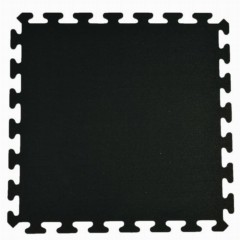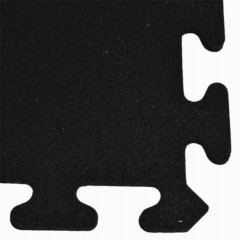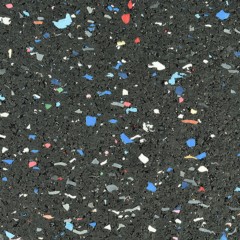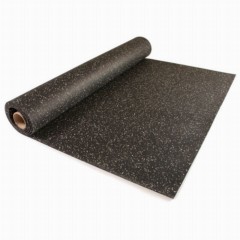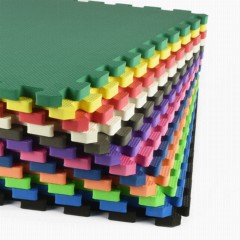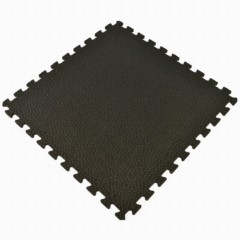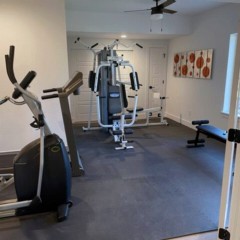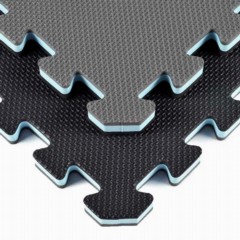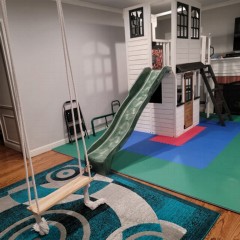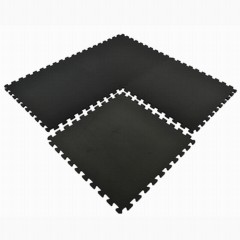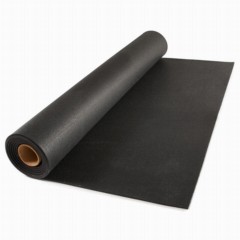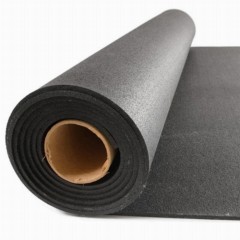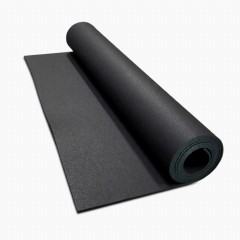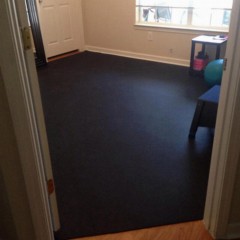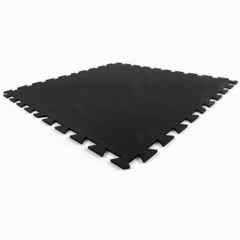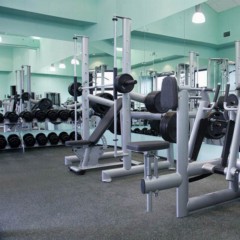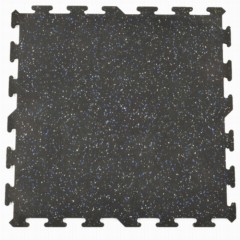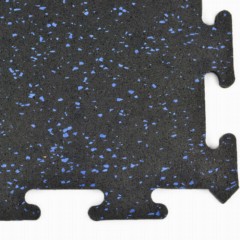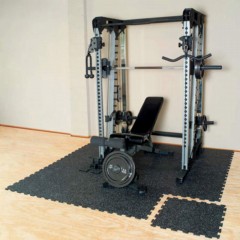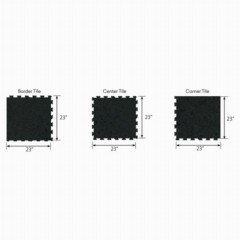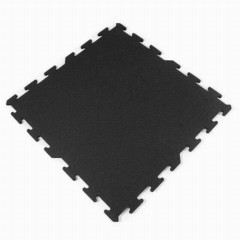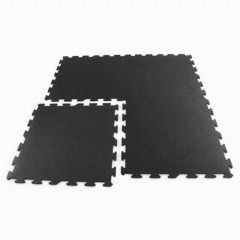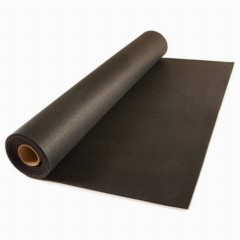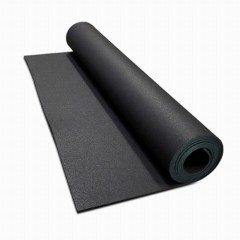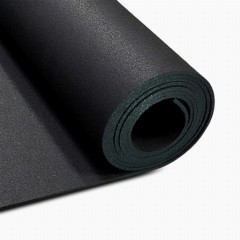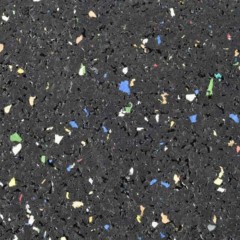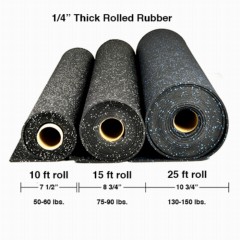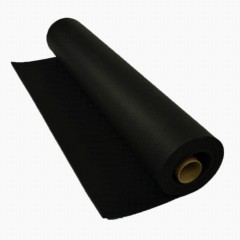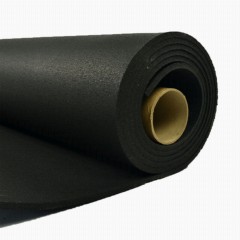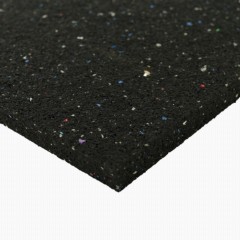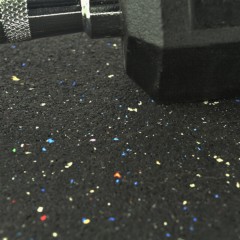Under Pool Mat Options
Installing an above-ground pool at home gives you a great way to keep the kids entertained all summer. However, because of the thin, soft base material in these kinds of pools, your barefooted kids might complain about feeling every stick, rock, and chunk of dirt underneath the pool – while you hope none of those items puncture it.
The better option is to count on Greatmats for under pool mat products. When you use rubber or foam for an under pool base, your pool will be a popular hotspot. No punctures, no sharp rocks underfoot, and no mud equal the perfect summer of swimming.
Size and Shape of Mats for Under Swimming Pools
We offer our pool mats in a range of sizes and forms. Some sizes and forms are better for smaller inflatable kiddie pools, while others work better for huge above-ground pools.
- Foam mats: Our interlocking mats are easy to assemble before placing the pool over the top. These tiles are as large as 2x2 feet in size, allowing installers to cover the space quickly.
- Rubber mats: For those who prefer rubber tiles, we offer many different sizes of interlocking rubber mats, with 3x3 feet being the largest option.
- Rubber rolls: Rolls of rubber fit nicely underneath a large pool, covering the space quickly. We have rolls that customers can order by the linear foot or in pre-cut sizes like 10, 25, or 50 feet.
The majority of products range in thickness between 1/4 and 5/8 of an inch.
Under Pool Mat Benefits
When you place mats underneath your backyard pool, you receive several benefits, including:
- Sturdy base
- Comfortable underfoot
- Anti-slip textures
- Prevents mud directly around the pool
- Protects pool base against punctures
- Easy to install
- Cushioning against falls
- Withstands harsh weather
- Stands up to water splashes
- Create a custom coverage size
- Easy to remove after swimming season
- Can add a seating area near the pool
Use Types for Mats for Under Pool
Some of the specific areas where you can use our rubber rolls or foam mats for under pool include the following:
Bare Ground
The thin material at the bottom of the swimming pool could puncture when you lay the pool directly on bare ground, which may have dirt clumps, rocks, pebbles, or sticks.
Grass
If going over grass in the backyard, the tiles protect against any small rocks, thorny weeds, and sticks that you might not be able to see in the grass.
Concrete Pad
Concrete can have rough spots. This roughness feels uncomfortable for bare feet through the thin material at the bottom of the pool. Installing pads first creates a softer surface.
Wood Deck
Some wood deck materials might be slippery when water spills out of the pool. Foam or rubber delivers an anti-slip texture and protects the thin material at the bottom of the pool from punctures from splinters, loose nails, or rough seams on the deck.
Under Pool Mat Q&A
Should you put interlocking foam mats under a pool?
Putting foam tiles under a pool is a good idea to create a firm, level surface. The tiles serve as an under pool pad that protects children from a hard impact if they fall on the soft bottom of the pool. It also protects the thin bottom from punctures from rocks or sticks on the ground outside the home.
What is the best under pool mat?
The
best under pool mat gives you a sturdy base that prevents muddy ground around the pool’s perimeter and protects the bottom of the soft-sided and soft-bottom residential pool from punctures. Consider using an interlocking tile foam pad for under a pool or a roll of rubber padding.
Why would you put a rubber mat under a pool?
Put a
rubber mat under a pool to create a durable, sturdy base for potentially rough outdoor conditions. Rubber above-ground pool mats protect the material from punctures, add cushioning, and create a sturdy base structure. After adding the weight of the water to the pool, a sturdy base is vital.
What is the best deck material to use around a pool?
The
best deck material covering to use around a pool can include PVC plastic, vinyl, and artificial turf. Each of these materials offers comfortable matting underfoot, the ability to withstand sun exposure, and a non-slip texture surface to protect children who are running.
What are the most slip-resistant pool deck tiles?
The
most slip-resistant pool deck tiles will maintain their texture even when they’re wet. The best materials will be PVC plastic, rubber, vinyl, and foam tiles for under a pool.
 $3207 /Tile You Save 20%$3.89/sqftShop$1338 /Tile You Save 19%$3.65/sqftShop$1308 /Tile You Save 20%$3.56/sqftShop$1199 /Tile You Save 20%$3.27/sqftShop$25456 /Roll You Save 19%$2.55/sqftShips Out in 7-10 Working Days SustainableShop
$3207 /Tile You Save 20%$3.89/sqftShop$1338 /Tile You Save 19%$3.65/sqftShop$1308 /Tile You Save 20%$3.56/sqftShop$1199 /Tile You Save 20%$3.27/sqftShop$25456 /Roll You Save 19%$2.55/sqftShips Out in 7-10 Working Days SustainableShop


